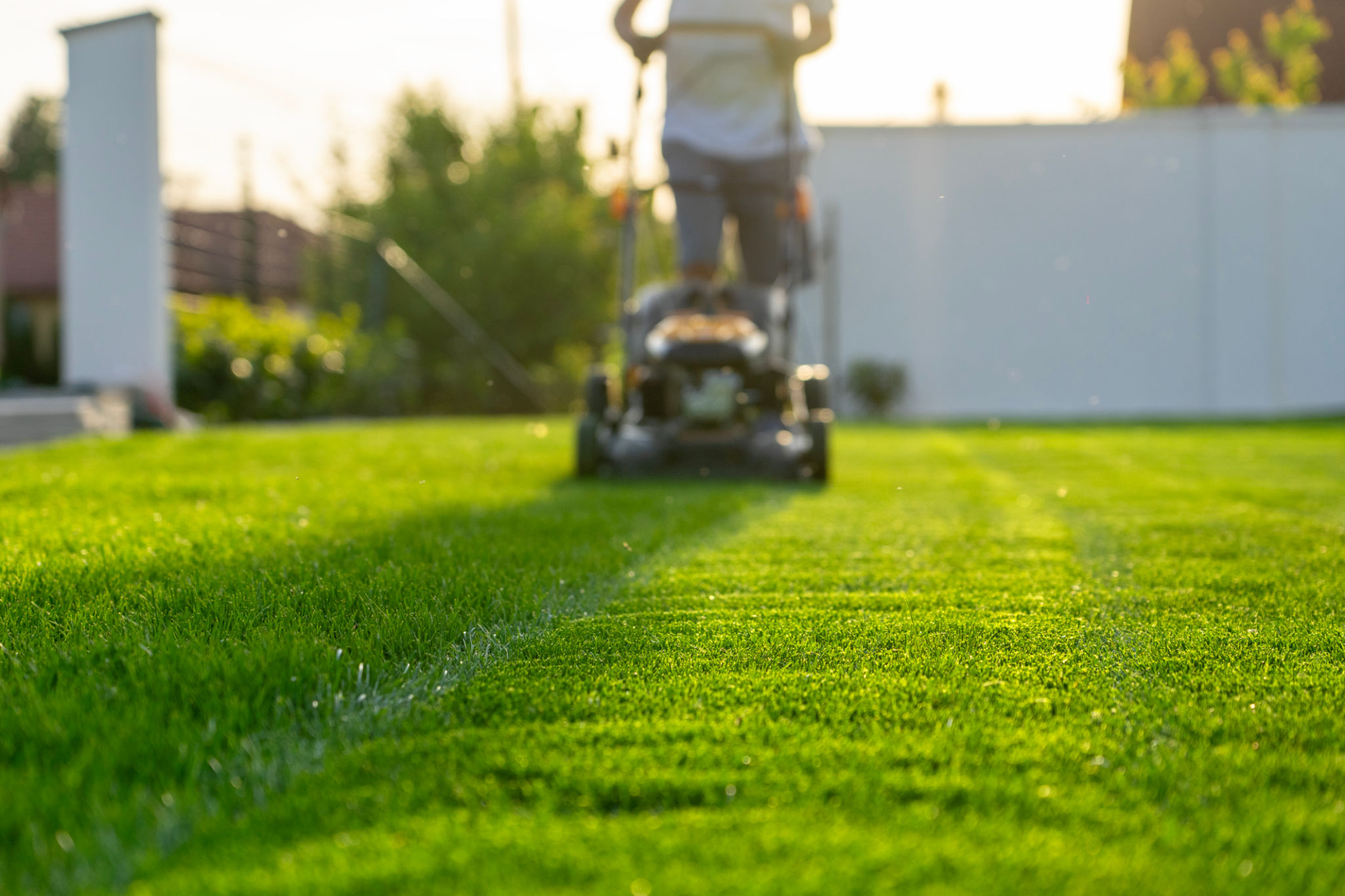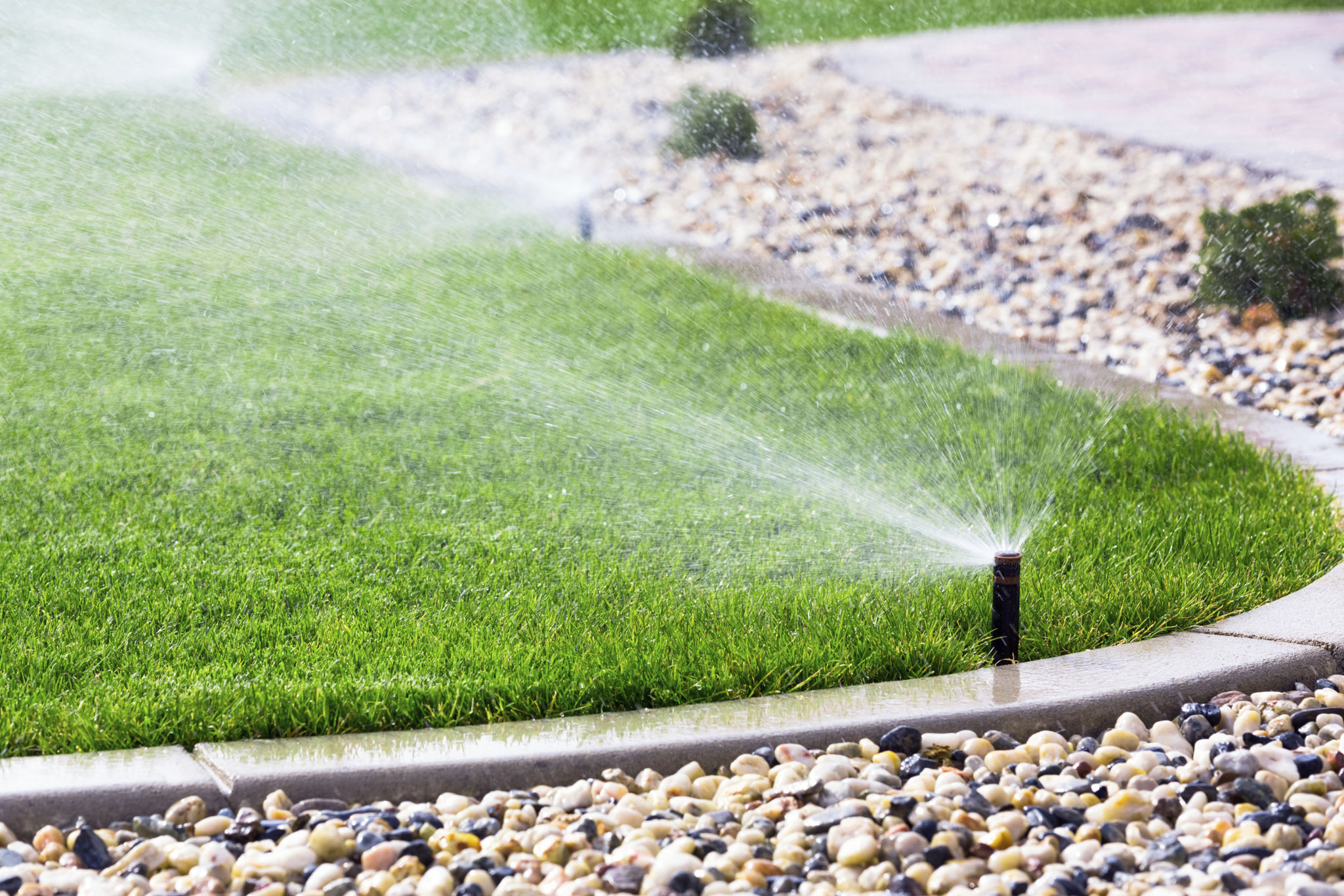Essential Lawn Care Tips for Ankeny Homeowners
Understanding Your Lawn's Needs
As an Ankeny homeowner, maintaining a lush and healthy lawn can be a rewarding experience. The first step in achieving this is understanding the specific needs of your lawn. Factors such as soil type, grass species, and local climate conditions play a crucial role in determining the care your lawn requires. Regularly assessing these factors will help you tailor your lawn care practices for optimal results.
For instance, Ankeny's climate is characterized by cold winters and warm summers, which can affect grass growth patterns. Selecting the right type of grass, like Kentucky bluegrass or tall fescue, which thrive in such conditions, is essential.

Regular Mowing Practices
Mowing is more than just a routine activity; it's a critical component of lawn care. To keep your lawn healthy, mow regularly and adjust the height of your mower blades according to the season. During the growing season, it's advisable to keep your grass about 2.5 to 3 inches tall to promote deep root growth and prevent weeds.
Be sure not to cut more than one-third of the grass blade at any time. This practice helps reduce stress on the grass and encourages healthier growth. Additionally, sharpen your mower blades regularly to ensure clean cuts that minimize damage.

Effective Watering Techniques
Watering is another essential aspect of lawn care that requires careful attention. Deep and infrequent watering encourages roots to grow deeper into the soil, making your lawn more drought-resistant. Aim to water your lawn early in the morning to minimize evaporation and fungal diseases.
In Ankeny, you may need to adjust your watering schedule depending on rainfall patterns and temperatures. Generally, providing your lawn with about 1 inch of water per week is sufficient, but this can vary based on specific conditions.

Fertilization and Soil Health
Maintaining healthy soil is crucial for a thriving lawn. Regular fertilization provides essential nutrients that grass needs to grow strong and resilient. Conduct a soil test to determine nutrient deficiencies and adjust your fertilization schedule accordingly.
For Ankeny lawns, a balanced fertilizer that includes nitrogen, phosphorus, and potassium is typically recommended. Apply fertilizer during the growing season, and always follow the manufacturer's instructions to avoid over-fertilizing, which can harm your lawn.
Pest and Weed Management
Weeds and pests can quickly turn a beautiful lawn into a frustrating headache. Implementing an integrated pest management approach can help keep these nuisances under control. This involves using cultural, mechanical, and chemical methods to manage pests and weeds effectively.
Regularly inspect your lawn for signs of infestation or weed growth. Early detection allows you to address issues before they become widespread. Consider using natural or organic options for pest control to minimize the impact on the environment.

Aeration and Overseeding
Aeration is the process of perforating the soil with small holes to allow air, water, and nutrients to penetrate deep into the roots. This practice reduces soil compaction and promotes healthier root systems. In Ankeny, it's best to aerate your lawn in the fall or spring when the grass is actively growing.
Overseeding, or planting new grass seed over existing turf, can help improve your lawn's density and fill in bare spots. Choose a seed blend that matches your existing grass type for best results.
By following these essential lawn care tips, Ankeny homeowners can enjoy a vibrant and healthy lawn year-round. With consistent effort and attention to detail, your lawn will be the envy of the neighborhood.
